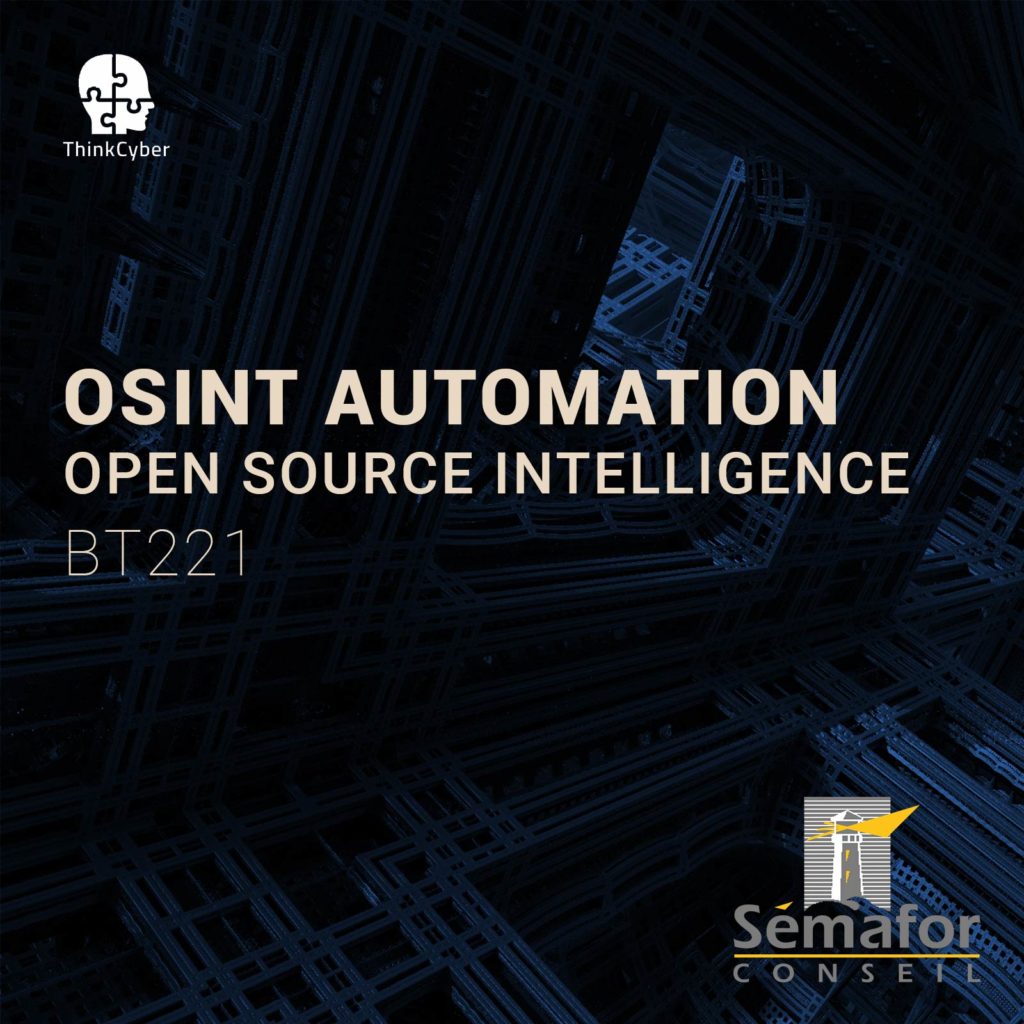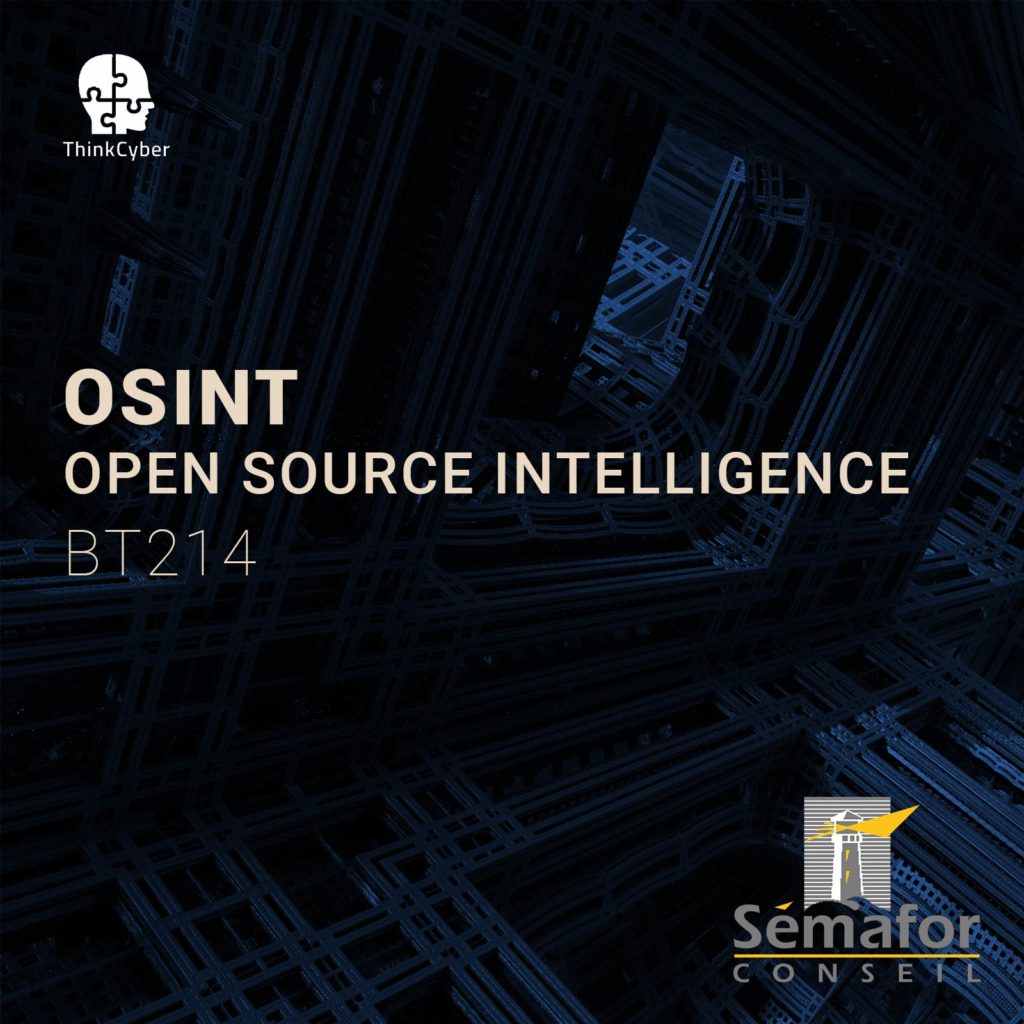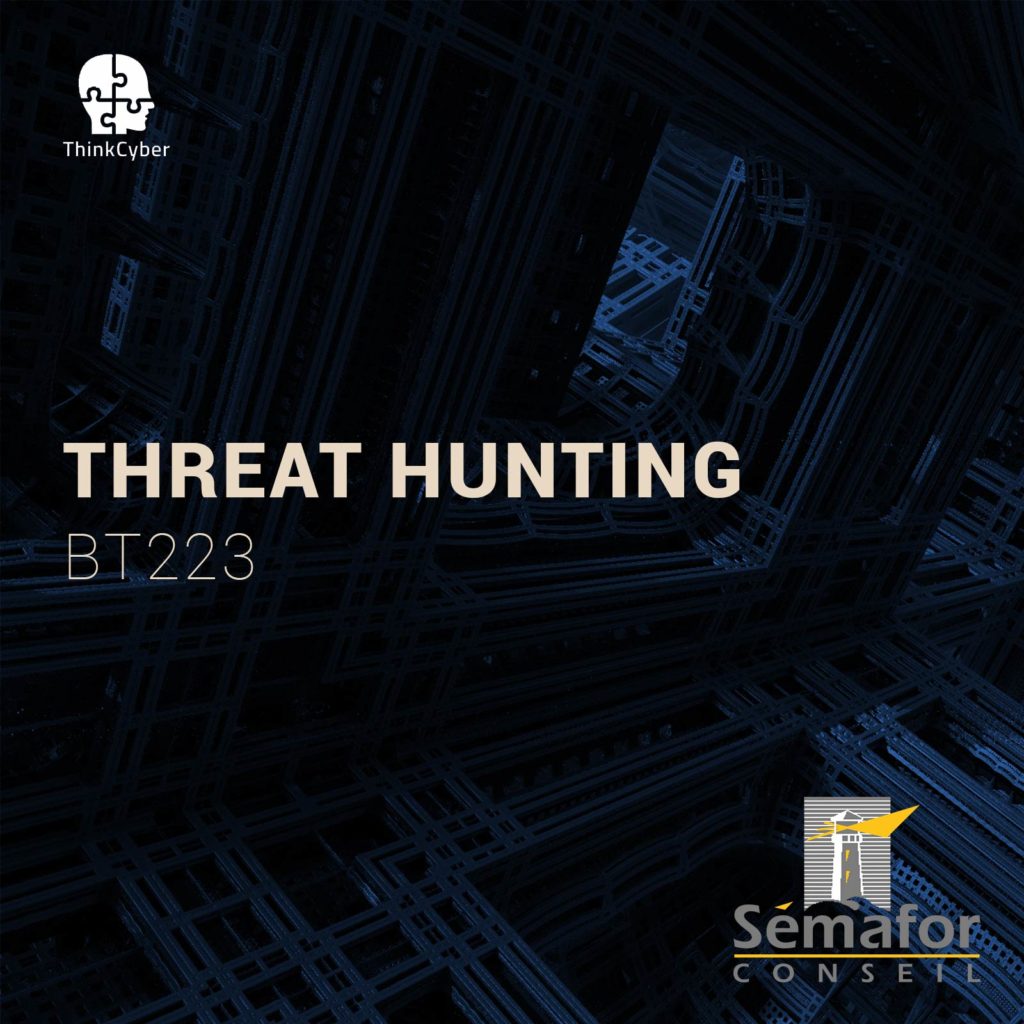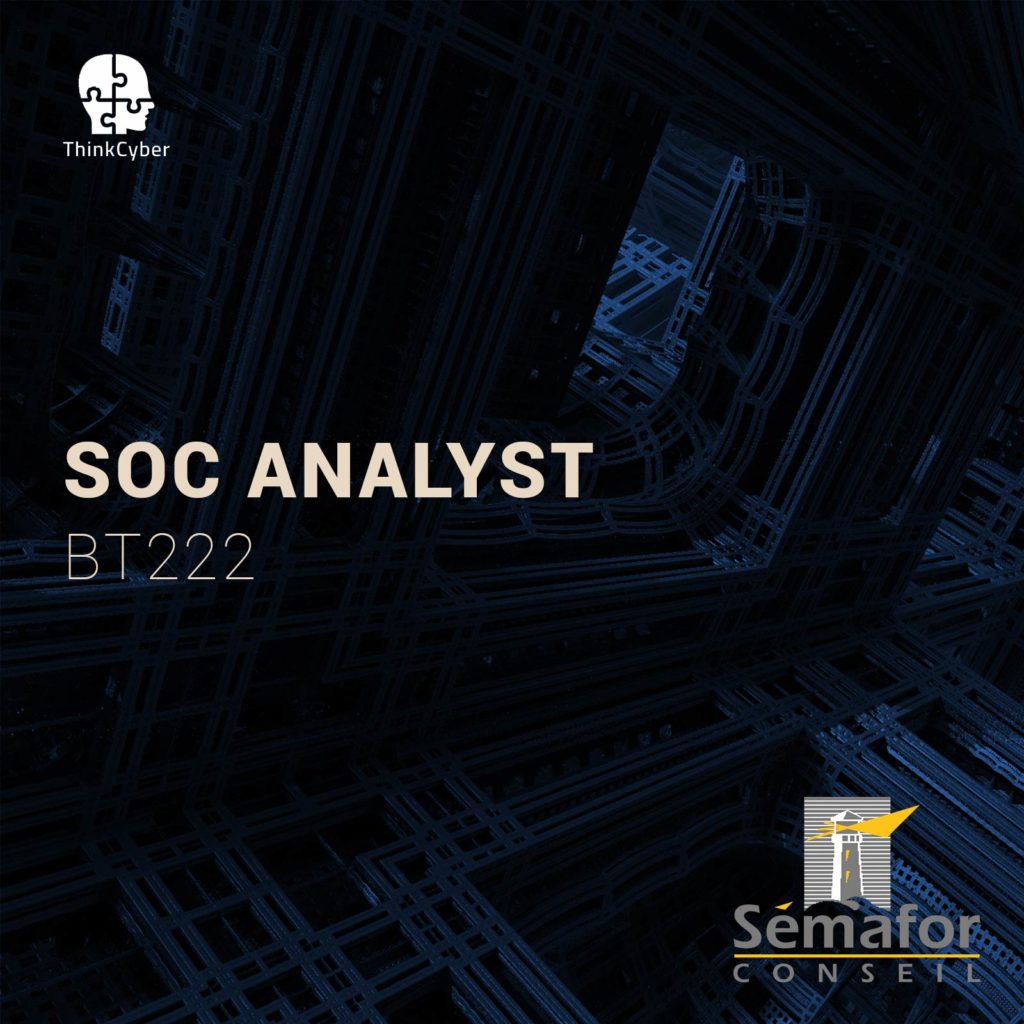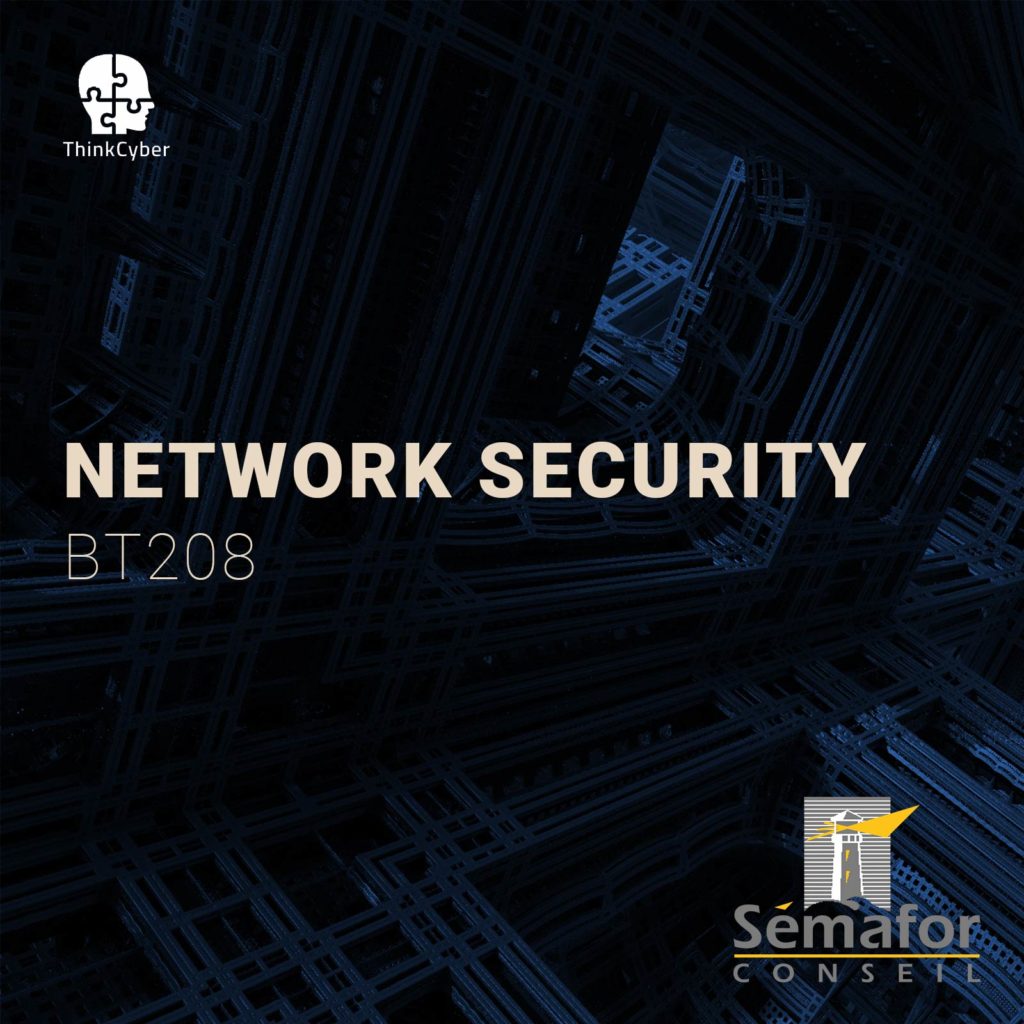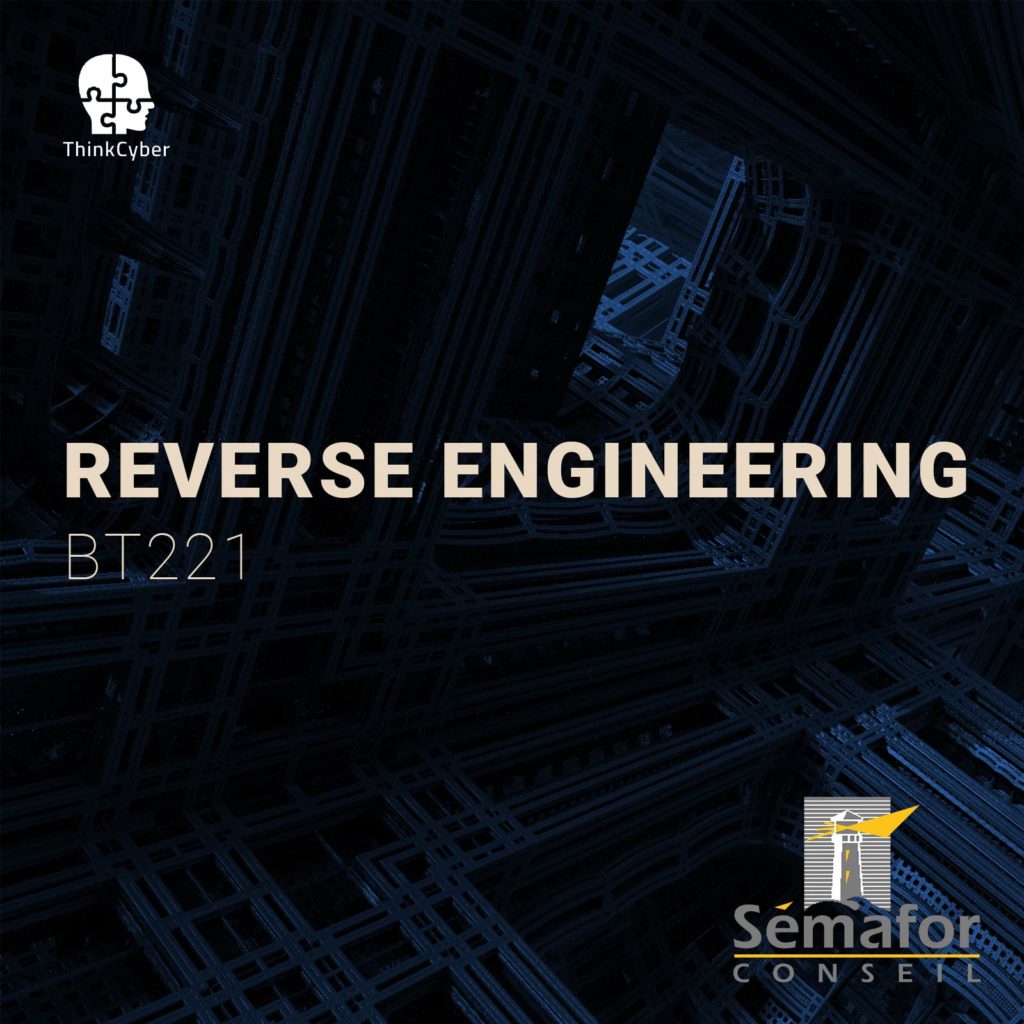Linux Forensics
BT214
Table of Contents
Description
OS Forensics is the ART of extracting evidence and important artifacts from a digital crime scene that can help the investigator in reconstructing the chain of events. During this course, participants will learn the basics of computer hardware and the Linux-OS filesystem. The participants will learn to collect and analyze forensic evidence and write official reports.
How to make the most of this course?
In order to succeed in the course, the following requirements must be met:
- Participation in all practical laboratories
- Self-work at home between lessons
- Repetition of materials, self-learning, performing tasks, etc…
In addition to regular classroom studies, the participant is required to practice at least 10 hours a week in order to gain practical experience in the field.
A personal computer suitable for running virtual machines, with an Internet connection
Transition of the scenarios in the Cyberium Arena.
Target audience
- Law enforcement officers & intelligence corps
- Incident responders
- Computer investigators
- IT/network administrators
Objectives
- Accessing concealed files on the system and extracting relevant information
- Mastering the steps of incident response
- Analyzing relevant case studies
Pre-requisites
Syllabus
Description
The first module will cover different components of computer hardware. Participants will learn the main components of Storage-Disks, and the structure of the Linux OS.
Technical content
- Drives and Disks
o The Anatomy of a Drive
o Data Sizes
▪ Data Representation
▪ Hexadecimal
▪ ASCII
▪ Binary
o Volumes & Partitions
o Disk Partitioning and the Disk Management Tool
▪ MBR vs. GPT
▪ Understanding UEFI
▪ The HPA
o Solid State Drive (SSD) Features - Understanding Linux-OS Structure
o Linux Directory Structure
▪ Bin
▪ Dev
▪ Etc
▪ Usr
▪ Proc
o Services and systemd
o Users and Groups
o Understanding Shells
Description
This module will expose participants to the internal components of the Linux OS. Students will learn about tools that will help them with the forensics investigation process.
Technical content
- Understanding Hashes and Encodings
o Hash as a Digital Signature
o The Use of Hash for Forensics
o Base Encodings - Linux-OS Artifacts
o User Activity FilesProfile and Bashrc
Shell History
Analyzing Opened Files
o Physically Accessing Running Process
o Service Logging Using Journalctl
o Logfile Analysisauth.log
deamon.log
syslog or messages
o Cracking the Shadow and Passwd Files
o Files in /dev
o SUID/SGID files - Data and Files structure
o Hexadecimal Editing ToolsBvi
Xxd
Hexedit
Hexyl
o File StructureHeaders and Trailer
Magic Number
o Embedded MetadataExifTool
Exiv2
o Working with ClustersSlack Space
Unallocated and Allocated Spaces
Description
During this module, participants will master techniques for collecting evidence, accessing and retrieving volatile and non-volatile information.
Technical content
- Forensic Data Carving
o Using Bvi for Forensics CarvingCarving files from an existing File
o Automatic File Carving ToolsForemost
Scalpel
Bulk-Extractor
o Files with Basic System-Info and Suspicious User-Info - Collecting Information
o Indenting Evidence of Program Execution
o Detecting Hidden Files and Directories
o Collecting Network InformationNetwork Routing
Using BMON and TCPTRACK
Collecting Netstat Information
o Investigating Server LogsAnalyzing Webserver Logs
Analyzing MySQL Logs
Analyzing FTP and SSH Logs
o Mounted Filesystems
o Loaded Kernel Modules - Drive Data Acquisition
o Introduction to FTK-Imager CLIExploring System Files
Creating an Image
dd and dcfldd as an Alternative Image Capture Tool
o Capturing Volatile-Memory using LiME vs. using fmemIntroduction to Memory Acquisition Basics
Compiling LiME
Dumping a Memory-File
Understanding the /proc/kcore
Description
In this module, participants will understand how to uncover hidden information, detect tampered files, work with memory, and analyze the RAM.
Technical content
- Analyzing captured images
o Features of FTK CLI
▪ Extracting Protected Files
▪ Mounting an Image as a drive
▪ Volatile Memory Capturing
o Analyzing Inode Numbering
o Building Timelines as a CSV
o Extracting and Examining System Logs - Advanced Linux-OS Analysis
o Strace and Ltrace
o Understanding Obfuscation
o Working with Binaries
▪ Introduction to ELF Files
▪ Headers, Sections, and Strings
▪ Program headers and Program loading
o Introduction to GDB - Working with Volatile-Memory
o Extracting Data from RAM
o Identifying Network Connections
o Dumping Processes from Memory
Description
Participants will study different forensics reports prepared by investigators following past incidents and learn how to write a professional summary, including which points to consider when addressing the documentation of findings of an event.
Technical content
- Introduction to Report Writing
o Device Identification
o Preservation of Data
o Collecting Evidence
o Examination and Analysis
o Documentation
o Evidence Presentation
o Final Guidelines - Tools for Correct Reporting
o Autopsy
o Dradis
Labs
- Lab 1 OS Structure
- Lab 2 Hashes and Encoding
- Lab 3 Linux Artifacts
- Lab 4 Data Structure
- Lab 5 Data Carving
- Lab 6 Data Acquisition
- Lab 7 Linux Memory
- Lab 8 Volatility
Real Cases Studies
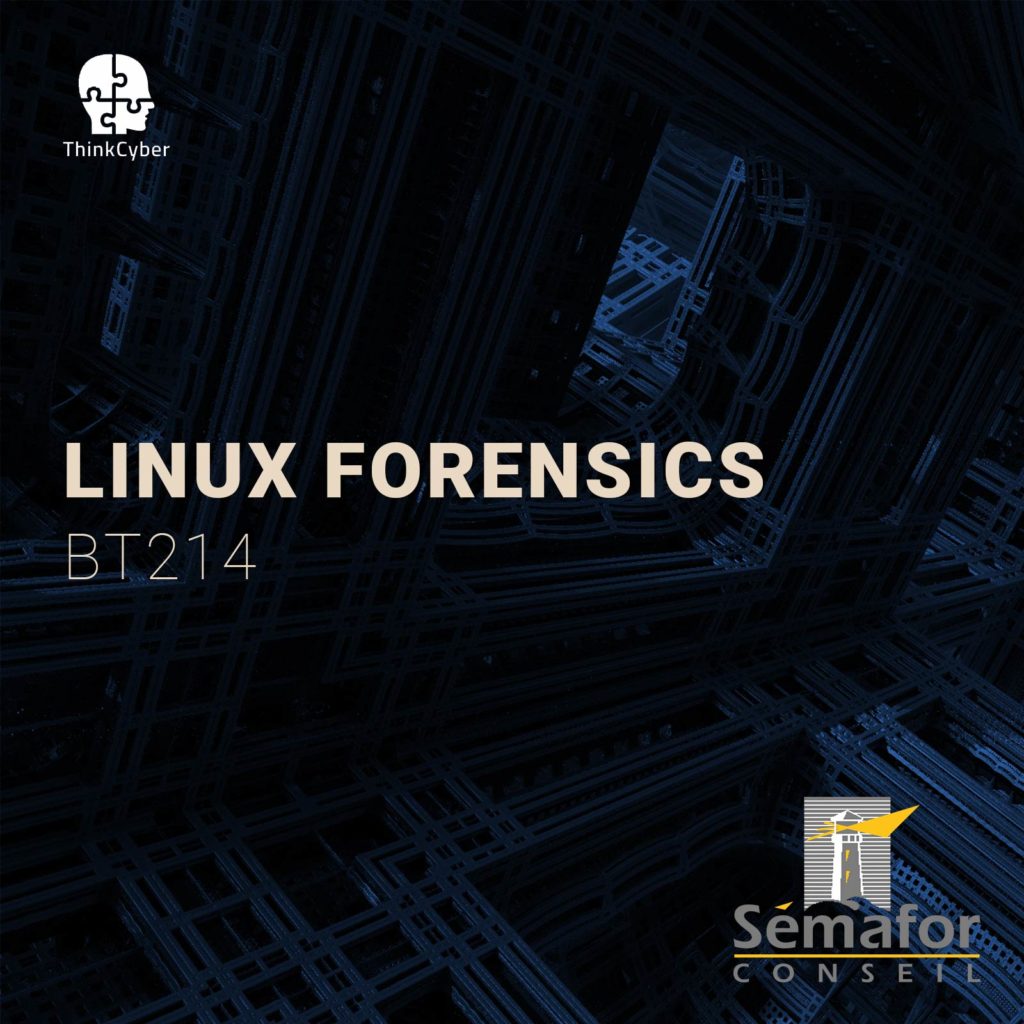
Course type
This course is delivered in the following ways:
- Virtual classroom with proctored labs and scenarios executed in our Cyberium Arena
- In situe classroom with proctored labs and scenarios executed in our Cyberium Arena
All sessions are recorded and attendees can replay them during 30 days. All course material is electronically made available to the participant.
Course Group:
Defense
Hands-on / Theory MiX
The following course incorporates a high level of hands-on labs exercises, as well as real life case studies.
Certification
This course prepares the participant to the following certification:
- CLFP (7safe)
Required EqUIPMENT
Network connection
As this course extensively uses a cloud based Learning Management System, including a lab arena, attendees need a stable broadband connection to the Internet.
BYOD – Bring Your Own Device
As it is a very practical course, and in order for the participants to make the most of the course, they need a laptop with the following capabilities:
- Audio and Video
- 8 GB RAM
- 200 GB Disk Space
- Virtualization capabilities ( supporting latest version of Virtualbox or similar virtual machine application)
And also a Good Headset with Mic

